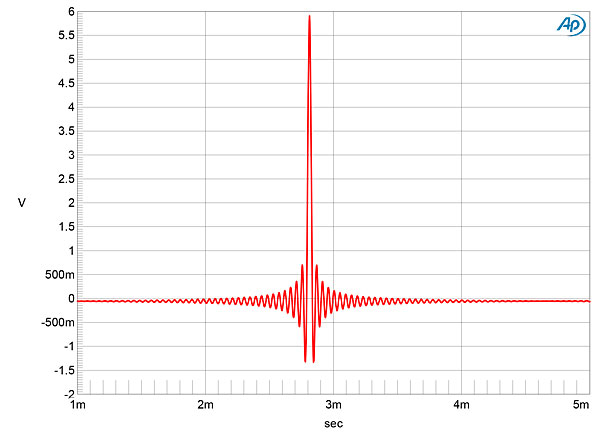I cannot tell you specific numbers on Yggdrasil vs Mimby, but from my general experimentation and understanding having used a number of VSTs and dealt with trying to reduce latency, your output method and buffer size is by far the biggest contributor to latency (or the lack there of).
Theoretically the different input types could have different latencies; USB would probably be the worst since it is an extra step, but it is unlikely that it adds enough extra samples of latency to be noticeable.
Any converters will also add some amount of latency, although again, it's likely to not be any worse than using the USB input in general (or at least, not perceptible).
By far, the most important thing you can do to reduce latency with VSTs is to 1) use ASIO (if on Windows), and 2) set your buffer size as small as you can go without getting pops and crackles.
Thank you for your reply!
I have continued my research, and have found that the MOTU 8d would seem to be ideal for my uses. It has an AES/EBU -connection to get the best of Yggy, and a latency of ~1,8ms using a DAW. It can also be connected to an ethernet port of a mac (although with more latency) and can be operated from a phone, so this brings a remote control to the system!
I was again in contact with Schiit, and they did not comment about specifics, but answered that the number will likely be under 10ms, but I have no idea how much.
Then I stumbled upon an article by Stereophile, and they had made some measurements of the Yggy. I'm not sure if I can post this, but please inform me if not, and I will remove this. I wonder if "impulse response" describes the dac's latency, meaning that it would be a little less than 3ms. I understood that when I use the AES/EBU connection, the audio interface (Motu) dictates the clocking frequency, being a master clock, submitting Yggy to be the slave clock.

Fig.1 Schiit Yggdrasil, impulse response (one sample at 0dBFS, 44.1kHz sampling, 4ms time window).
Read more at https://www.stereophile.com/content...da-processor-measurements#Mih2dOYXFQRB0B5o.99
In this case, I would have a total latency of ~6ms (2ms from Motu 8D + 1ms from midi interface + 3ms from the Yggy).
They say that after 10ms human ear starts to hear two distinct noises as being distinct. However, I want less than that, because the human ear also measures distances based on how quickly a sound stimulus reaches the ear. In a real grand piano, the hammers are situated at a distance of 1m (3feet) of the players ears, and for sound waves to reach them it would take 3ms. 6ms of latency would thus produce a sensation of sitting 2 meters away from the piano if I understood correctly. I am not sure this is a problem, I will report to you later.
So, I would gladly know whether this impulse response means the dac's latency. I have no idea how to measure it by myself yet. I am honestly surprised I cannot find this information anywhere. I still understand why Schiit does not measure latency in their products, they make their products for music lovers, not for professional recorders. For some this info would be very welcome.
I'll describe now what I have been doing:
I did have an Apogee Duet at first. It of course was very fast, but its sound quality was very disappointing what came to the piano sound, it was not full and rich, and sounded very digital (for professional audio market, hmm?). I then ordered a Modi Multibit for recreational listening, and noticed its piano sound was considerably better than what I could get from the Duet. Then I thought by getting the Yggy I would have the best possible sound I can afford without having a sense that "this could be better" at the back of my mind, and I wanted to have a sense of piano strings vibrating in front of me.
I was quite right, it seems. The Yggy's piano sound is glorious, it's very lifelike. I am not sure yet whether I have this "strings vibrating in front of me" feeling yet, I am not that far in my experimenting, and I got really discouraged because of the latency issue. (I have by the way one recording of Rostropovich's Bach's cello sonatas, and it was like he was playing in the room, and I want to emphasize that I play with real cellists every week.) When I bought the Yggy I did not yet consider the latency issue to my shame, I simply had forgotten about it. Now I'm crossing my fingers I can figure this out, otherwise I am stuck with a 2600 euro dac! =)
M. Bouche






















